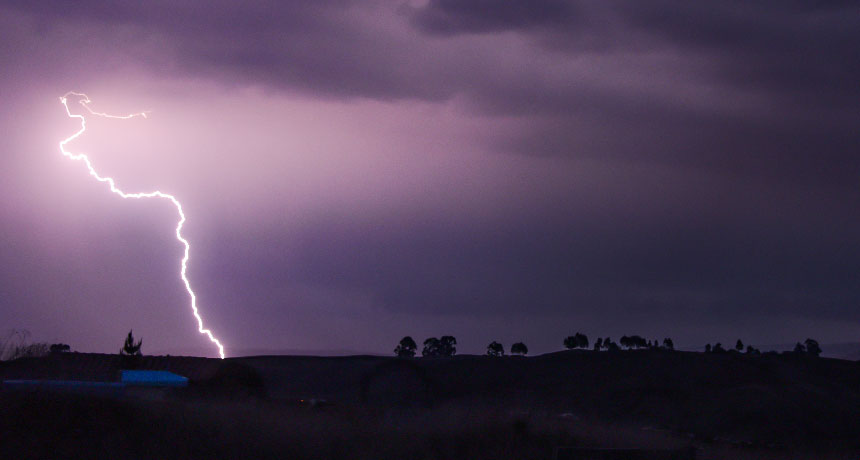Ancient South American populations dipped due to an erratic climate
Hunter-gatherers declined when weather patterns became unpredictable 8,600 years ago

WEATHER WOES Extreme, unpredictable wet and dry spells led to big population declines among foragers living in the Amazon and other parts of South America around 8,600 to 6,000 years ago, a study concludes.
marktucan/Shutterstock